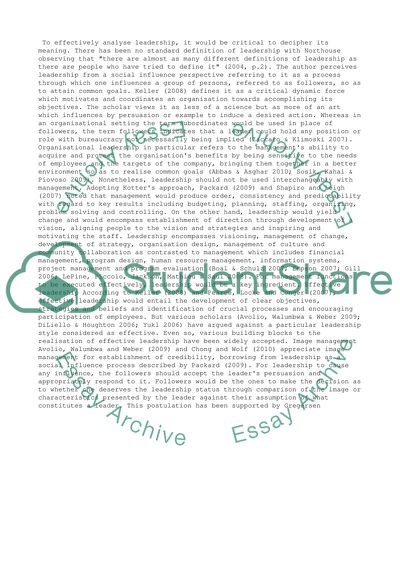Cite this document
(“Effective Leadership in an Organisation. Image Management, Resource Essay”, n.d.)
Effective Leadership in an Organisation. Image Management, Resource Essay. Retrieved from https://studentshare.org/management/1466320-what-is-effective-leadership-within-an
Effective Leadership in an Organisation. Image Management, Resource Essay. Retrieved from https://studentshare.org/management/1466320-what-is-effective-leadership-within-an
(Effective Leadership in an Organisation. Image Management, Resource Essay)
Effective Leadership in an Organisation. Image Management, Resource Essay. https://studentshare.org/management/1466320-what-is-effective-leadership-within-an.
Effective Leadership in an Organisation. Image Management, Resource Essay. https://studentshare.org/management/1466320-what-is-effective-leadership-within-an.
“Effective Leadership in an Organisation. Image Management, Resource Essay”, n.d. https://studentshare.org/management/1466320-what-is-effective-leadership-within-an.


